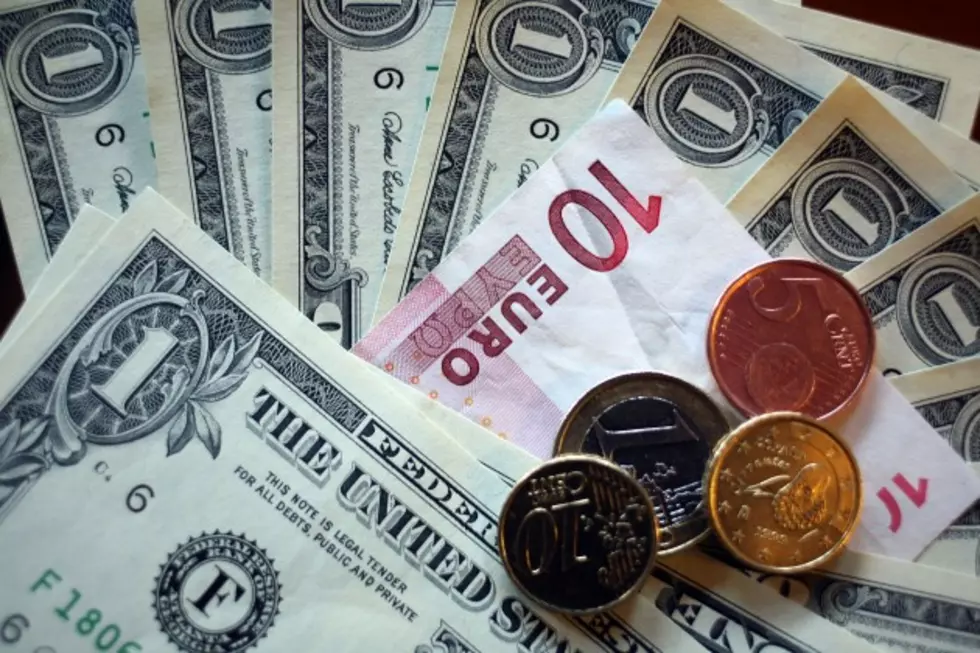
Who Says a Dollar Doesn’t Buy What It Used To?
The Fiat Dollar.
Fiat currency is a currency that a government has declared to be legal tender, despite the fact that it has no intrinsic value and is not backed by reserves. Historically, most currencies were based on physical commodities such as gold or silver, but fiat money is based solely on faith.
Faith? Our dollar carries a promise that the “full faith and confidence” of the United States of America will always pay the holder face value on demand. And every country in the world buys into that promise. In fact, that promise is so good the almighty dollar is the “reserve currency” of the world. It’s really quite a miracle when you think about it. That little six-inch piece of paper in your wallet has value in every country on earth.
What Does “Reserve Currency” Mean?
When you vacation in Canada or Mexico you convert your money into Pesos or Loonies at whatever the current exchange rate happens to be. You are charged a small transaction fee for this. Countries do the same thing and are also charged a fee. But rather than exchange currencies for each individual transaction, countries will buy a large amount of the most commonly used currency and keep it in reserve. When they purchase oil, gold, silver, coffee or other commodities that use the US Dollar as their primary purchase medium the country has the dollars on hand in their reserve. In addition, the government issuing the currency can borrow money at a better rate, as there will always be a larger market for that currency than others. So, even if the dollar does fluctuate on the open market, it’s still the most used currency in the world. If that ever changes the US would be in real trouble paying out debts and buying goods and services.
The Dollar’s Value on Main Street
I worked in my father’s landscaping business when I was in high school. Gas would around a quarter a gallon. Homes were less than $10,000 and I was paid a whopping $1.00 per hour — Forty dollars a week. That $1.00 per hour in the 1960’s was minimum wage and translates to $7.74 in today’s dollars. Almost exactly what the minimum wage is today. However, that doesn’t prove my case.
Remember that .25¢ per gallon gas? That becomes $1.93 in today’s dollars. Well below the $3.43 per gallon I paid yesterday. On the surface it would appear that everything costs more and we’re all making less. And in some cases there’s a valid argument for that. But not all.
The Dollar’s Current Buying Power
Can I buy more with today’s dollar that I could, say ten years ago? Most of you would probably answer yes. So let me ask you this. Is the cell phone you have today better than the one you had ten years ago? Is it more or less than you paid then? In my case the phone is better, has more features and cost less in the sticker price than the old phone. Anyone waiting in line to pay big bucks for all the latest features contained in the newest Apple iPhone, or iPad?
Most electronics are much less, with more whistles and bells, than what was available ten years ago. In the early 1980’s I sold some of the very first VCR’s (Video Cassette Recorders). Older readers explain to younger readers what those were. They sold for about $700 when first released. You’re talking over $2,400 dollars in today’s cash. Before the CD revolution you could pick up a good VCR for about $40. Consider HD big screen TV’s. Prices are coming down as features and quality goes up. Laptops are replacing desktop computers and getting cheaper by the day.
Some Final Thoughts
There are plenty of things I can think of that cost a lot more than they used to in spite of innovation or technological advances. Not sure about you but a trip to the local grocery sure seems to cost a lot. Peas haven’t changed too much. Don’t see them any bigger or any more in the can. In fact the can seems smaller than I remember. Automobiles sure seem to cost more than heated cup holders would warrant.
Some things are built to last others are built to wear out quickly and both are priced accordingly. Quality still commands a higher price tag. So the next time you pull that little six-inch bill out to trade for goods and services give some thought to what it’s buying. You might just decide you can't afford it.
More From KMMS-KPRK 1450 AM




![[Video] Montana Highlights Indigenous People Day. How To Help](http://townsquare.media/site/12/files/2021/10/attachment-119886551_3113007495476771_6602288440160701376_n.jpg?w=980&q=75)




